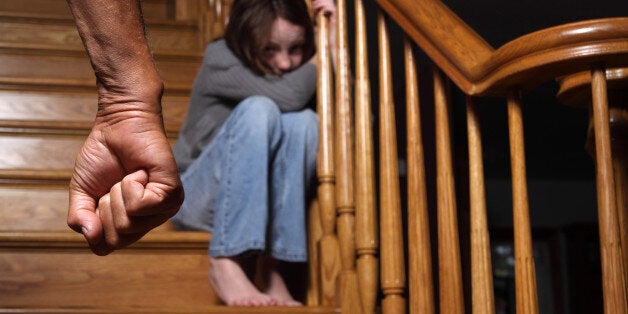
We go through a strange ritual as foster carers. In the days after a school-age placement begins, we dance around parents at the school gates. They know why we are there, strangers accompanying one of their own, and generally avoid conversation or even eye contact. We have even known teachers to view us with suspicion. After all, something bad has happened and we are seen, at best, as being just one step removed from social workers or even the police.
But over the next few days, the mood mellows. Perhaps it is because parents can see that the child is content, and that we are human beings just like them. Or maybe curiosity gets the better of them. Either way, a polite acknowledgement becomes a smile, which evolves into small talk.
Then comes the confession. This goes along the lines of "we were worried about little Tommy/Suzy, and we are so glad they are safe now." We pretend to be surprised, and reply by asking what they did to address their concern about the child's welfare. "We didn't like to interfere," they reply. Or "it really wasn't any of our business." Another variation is "we didn't want to make allegations, because we weren't sure." "We were too scared," is not uncommon.
There are occasions when a child is being abused and nobody, but absolutely nobody, knows. But most of the time, when neglect or abuse is taking place, the signs are there for others to see. But we just don't look or, even worse, we look away. We encourage our sons and daughters to steer clear of the child who is causing trouble in the classroom, or arrives at school unwashed and cadges food at lunchtime. He's going to be a bad influence, become a distraction. We are certainly not going to ask him back to play after school. Yet the very things that make us turn away might be signs of something more serious going on in his or her life. At the very least, they certainly could do with some friends.
When things go badly wrong, and a child comes to serious harm, we blame the professionals. Social workers are first in the firing line. Sometimes, the finger of blame points at GPs, teachers or the police. That's what we pay them for, isn't it? To keep us safe and well. It helps to have someone to blame, because then we don't have to ask ourselves what we should have done. For almost always, the signs were there, if only we took the trouble to look.
Last week the Serious Case Review into the death of 18-month-old Keegan Downer was published. She was murdered by her legal guardian less than one year after being placed in her care. The toddler had 153 scars and bruises, harrowing evidence of the brutal and persistent ill-treatment that she suffered.
Keegan became "invisible to professionals", according to the SCR. After a legal guardian was appointed, the toddler appears to no longer have been of any interest to health or care workers. As you would expect, some of these professionals have lost their jobs over Keegan's death. But what I struggle to understand is how the neglect and abuse of Keegan, and the neglect of her legal guardian's other children, went unnoticed for so long by neighbours, by local shopkeepers, by teachers. And yes, it passed unnoticed among parents at the school gates, apparently. Nobody noticed the injuries, or noticed the signs of brothers and sisters being battered mercilessly by a violent and abusive adult.
The National Institute for Health and Care Excellence has published a draft guidance consultation on child abuse and neglect. The watchdog is updating its guidance in the light of repeated failures to prevent abuse. It seems like a sensible step, given the widespread inability to recognise signs of distress in children. Yet there was a cynical, almost mocking tone to the way this was reported in the media. "The tantrum police," said the Telegraph. "Child having a tantrum? Call social services." You get the picture. In keeping with the current political mood, any state interference in family life must be a bad thing.
But if cases like that of Keegan Downer and Daniel Pelka will teach us anything, it is that the general public are as responsible as so-called professionals when it comes to keeping children safe. Daniel, aged 4, was starved by his parents, and became so thin that his uniform was hanging from him. He weighed just over a stone and a half, and had multiple injuries, when he died in March 2012.
Professionals failed him, too. Yet this harrowing abuse and neglect, which took place over a number of months, also went unnoticed, apparently, by all those who came into contact with him and the family.
As foster carers, we are on the front line of child protection. We cannot work alone.
The children who come into our care need the support of all those around us, from our own families, in school, in the community, at the leisure centre, in church. We are often moved by the kindness of strangers. But we never forget that the children in our care have also experienced indifference to their plight and rejection on their difficult passage towards sanctuary.